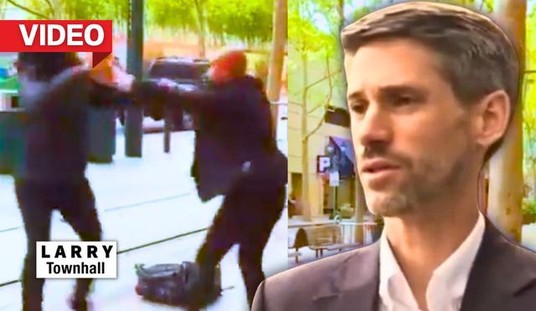There have been many attempts – from every part of the political spectrum – to assign blame for the financial turmoil of late 2008. Judging from the recent New York protests and the reaction to the introduction of monthly fees for debit cards, there are still many people angry with bankers. Whether that blame is justified is addressed in a new book, by Gretchen Morgenson and Joshua Rosner, entitled Reckless Endangerment.
The economic downturn has affected almost every American, and, as you might expect, has inspired several books on the subject. Selecting the best one can be challenging, but, for my money, none is finer than Reckless Endangerment. In a little over 300 very readable pages, the authors explain exactly what happened and identify the people who really warrant responsibility for this disaster. The book is so clear and informative that when I was finished , I was puzzled how to synthesize so much valuable information into a single column – it truly is chock full of fascinating information, devious characters, and compelling events. When I spoke with Ms. Morgenson, she indicated that the reason they wrote the book was to set the record straight – and, hopefully, to prevent this calamity from happening again. Whether that can be done remains a mystery, as the actual reasons and the real culprits that caused these ill-fated events are barely known as evidenced by the protests.
Many pages are spent defining the role of James A. Johnson, the former head of FNMA (Fannie Mae) who disappeared from the company when his handiwork brought our country to the brink. Most people know him only as the temporary head of Barack Obama’s Vice-Presidential search committee, from which he was canned because of his shenanigans at Fannie Mae and because of his sweetheart loans received from Countrywide’s Angelo Mozilo for his multiple mansions. He subsequently slid back into obscurity, earning big bucks behind the scenes.
Recommended
Mr. Johnson, a Democratic political appointee, revamped Fannie Mae (with Freddie Mac following right behind) from a sleepy quasi-governmental entity (called in Washington-speak a GSE – government sponsored entity) into a huge funder of loans that lined his pockets, along with those of his cronies. The book describes how his crew manipulated results to maximize bonuses for Johnson, his successor and right-hand man (Franklin Raines), and the rest of the people who were setting us up for a big fall. Johnson also established an expensive lobbying machine that immediately squelched any attempts to rein in the twin entities.
The book also points blame at players in private industry. But when I asked what surprised her most from her research, Morgenson, who is no novice to these issues (having covered them for years for both Forbes and the New York Times), simply answered: “How much government involvement there was in the process.”
Even pros like Morgenson could be confused because Congress has worked overtime to muddle the facts, mostly to point fingers at banks and mortgage companies. But when I asked Morgenson who was most liable for this mess, she replied that the offenders were, in fact, Congress, adding that while there was bipartisan responsibility, the principal blame fell on the Democrats. They wanted to expand home ownership to certain minority communities without considering the related risk, and it was Democrats such as Barney Frank and Christopher Dodd who were primarily responsible for stopping efforts to control Johnson and his cohorts. Private industry may have been greedy, but they were merely following the dictates of Congress to expand home ownership.
Mr. Frank, who seems to have been owned and operated by Fannie Mae, was one of the chief protectors of the GSEs. When asked in 2005 about the potential downside to giving loans to people financially ill-prepared to repay them, the cantankerous Mr. Frank answered: “We’ll deal with that problem if it happens.” Congresswoman Maxine Waters, his fellow Democrat, was another one willing to risk public funds based on ill-conceived schemes. Ms. Waters came to the conclusion that someone who made monthly rent payments could just as easily afford a house, so she pushed for even more ridiculous no-money-down loans. Waters seemed to overlook all the additional costs related to home ownership, such as repairs, insurance, and property taxes.
Before you buy into the need to control the banks that were – according to the litany of the Left – so ungrateful for being bailed out, pick up Reckless Endangerment to gain clarity on who dug the hole out of which we’re still climbing today. Then buy a copy for one of the Wall Street protesters; maybe they’ll learn that if they really want to protest this mess, they’ll have to hop onto an Amtrak train and march on Washington.























Join the conversation as a VIP Member